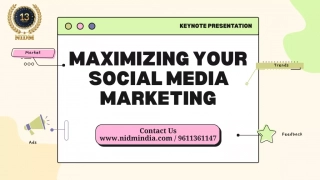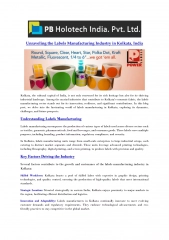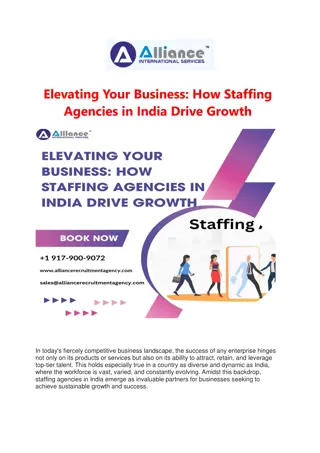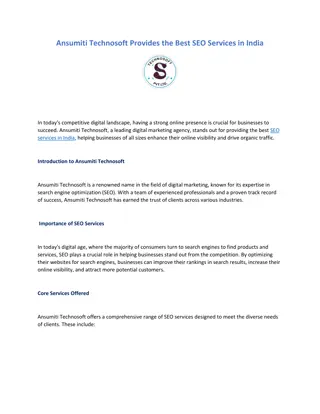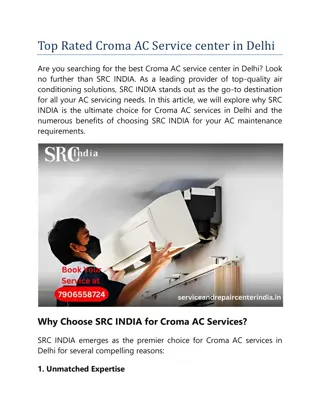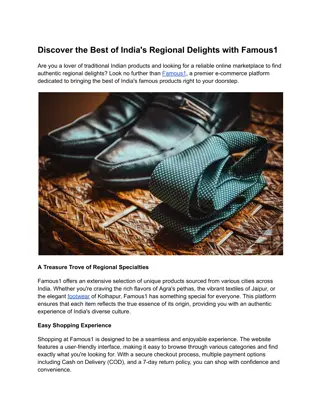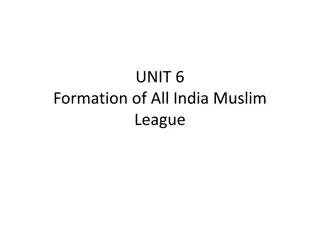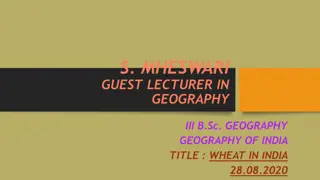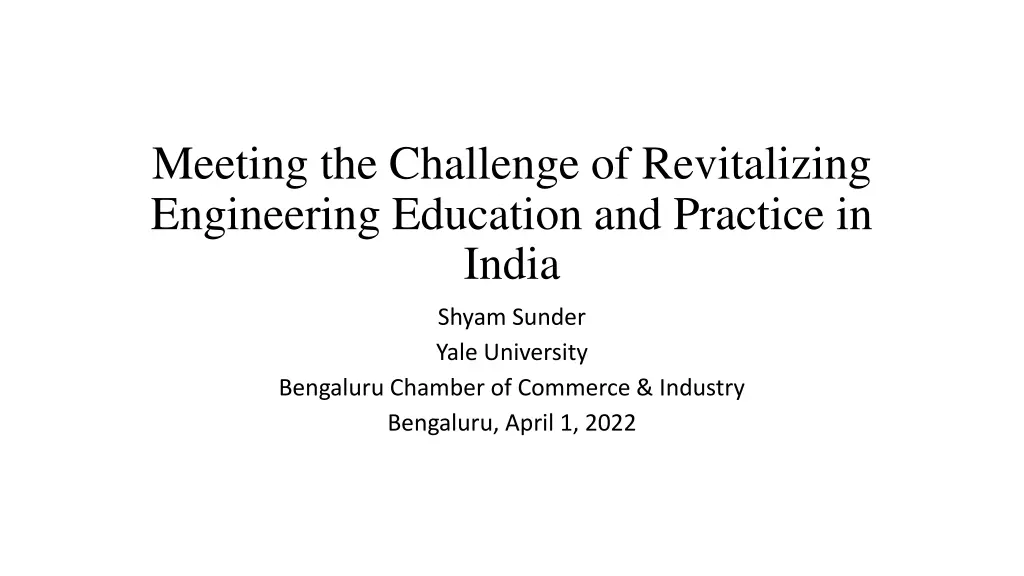
Challenges in Revitalizing Engineering Education in India
Explore the challenges facing engineering education and practice in India, such as lagging behind in technological advancements, limited innovation, and a disconnect between theory and practical skills. Join a discussion to identify causes and propose solutions for a more robust engineering industry in India.
Download Presentation

Please find below an Image/Link to download the presentation.
The content on the website is provided AS IS for your information and personal use only. It may not be sold, licensed, or shared on other websites without obtaining consent from the author. If you encounter any issues during the download, it is possible that the publisher has removed the file from their server.
You are allowed to download the files provided on this website for personal or commercial use, subject to the condition that they are used lawfully. All files are the property of their respective owners.
The content on the website is provided AS IS for your information and personal use only. It may not be sold, licensed, or shared on other websites without obtaining consent from the author.
E N D
Presentation Transcript
Meeting the Challenge of Revitalizing Engineering Education and Practice in India Shyam Sunder Yale University Bengaluru Chamber of Commerce & Industry Bengaluru, April 1, 2022
Why Are We Meeting? The purpose of this session meeting is to Explore ways of addressing the challenges of innovation, design, and efficiency in Indian engineering practice and preparation. Starting from a comparable base seven decades ago, India s engineering industry and education has lagged China and South Korea in automobiles, airplanes, shipbuilding, railways, electrical and mechanical machinery, solar and battery technologies, defence equipment, electronics, and many other fields.
Why Are We Meeting? In meeting this challenge, we have a major difficulty: Unless we correctly identify the causes of the problem, we can spend our energies on wrong-headed attempts to solve it. On the other hand, it is easy to get entangled in endless debates on the history and causes which cannot be established and never get to solving the problem. So, this brainstorming session should try to identify some reasonable explanations for the problem, and find ways of dealing with them, without getting into endless academic debates.
Why Are We Meeting? ideas that we need to assemble into a coherent policy for industry, government, and universities to solve the problem within a generation, or less. Others have done so, and India can too. Diverse perspectives and experiences on this table will bring many
Examples of Data 1.Composition of imports and exports (exports dominated by high labor cost products, imports dominated by high engineering and technology products) 2.Defence hardware and software (70% dependence on imports, with negligible exports) 3.Innovation and patents (few Indian engineering innovations and designs in India or the world)
Some Examples of Possible Reasons 1. Separation of theory-knowledge and skills in different persons 2. High social status of knowledge discourages acquisition of skills and tinkering necessary for engineering innovation 3. Reluctance of engineering faculty and students to engage with workshop skills, and downgrading of hands-on work in engineering education, training and industry 4. Conception of engineer as a white-collar office worker, distant from elbow grease 5. Reluctance of industry to experiment with designs 6. Unavailability of large well-capitalized firms willing and able to bring start-up innovations to market (e.g., BioNTech-Pfizer, Uber-Softbank, etc.) 7. Profitability and attractiveness of business models based on value-transfer, not value creation 8. Others?
Some Examples of Possible Remedies 1. Admissions. Skills and aptitude added to admissions criteria (beyond gyan- vigyan: physics, mathematics and chemistry) 2. Curriculum. Skills, design, and project work as a major components of engineering curriculum to replace a largely lecture/reading/exam-based curriculum 3. Idea Factories. Equip engineering schools with workshops and faculty where students develop skills and designs 4. Internships. Requirement for completing an engineering degree. 5. Integration. Move engineers from office to shop floor, status 6. Compensation. Make engineers compensation relatively attractive to attract talent 7. India s Softbanks ? 8. Social status of skilled work. Low status of hands-on skills in India 9. Others?
Nature of the Challenge Systemic (society, policy, business and industry, education) Long-standing (not new, gotten worse: India-China $98b up 46%, 28b up 34%) Misplaced self-confidence can discourage hard decisions and choices Need action, not blame-game Solutions must be developed within India
Where the Engineers Are (Wadhwa et al. 2007) TABLE 1 Four-Year Bachelor s Degrees in Engineering, Computer Science, and Information Technology Awarded from 1999 to 2004 in the United States, India, and China 1999-2000 2000-2001 2001-2002 2002-2003 2003-2004 2004-2005 United States 108,750 114,241 121,263 134,406 137,437 133,854 India 82,107 109,376 129,000 139,000 170,000 China: MoE and CERN 282,610 361,270 China: MoE Yrbook212,905 219,563 252,024 351,537 442,463 517,225 Note: Gray-highlighted data may be a substantial overestimate.
Computer science skills across China, India, Russia, and the United States (Loyalka et al. 2019, PNAS) The 2018 US News and World Report: Best Global Universities for Computer Science claims that 45 CS programs in the United States, 34 in China, 3 in India, and 0 in Russia rank in the top 200 (10).
Questionable Employability of Engineering Grads (The Economic Times June4, 2018) Aspiring Minds CP Gurnani, CEO Tech Mahindra McKinsey NASSCOM 2019: 15-18% grads find jobs in core engineering industry Average employability range: 1.64% (Chemical), 5.55% Mech. and 6.48 % (civil) In 2016-17: Intake 15,71,000; Enrolment 7,87,127 14 lakh candidates took Group IV exam in Tamilnadu for 5269 vacancies
Indias Engineering pipeline Higher Ed IIT/ IISC MBA 90% Engg IIT JEE Full Coachi ng IAS MS Study Abroad Other Govt/ privat e JEE PhD JEE Main High School Other Govt/ privat e Industry State- exams Financial IT ind. Engg Ind Privat e Exams BITS/ VIT IT Startup Family Placement Profile Information
References Earnings of Chinese engineer: CNY 327,814s https://www.glassdoor.com/Salaries/shanghai-engineer-salary- SRCH_IL.0,8_IM999_KO9,17.htm Wadhwa, Gereffi, Rissing, Ong (2007): Where the Engineers Are https://issues.org/wadhwa-engineers-education/
IT Engineering: Miles to Go Users Programmers Software and hardware designers Hardware makers Systems integrators Languages and operating systems Materials and manufacturing technologies Theory
Thank You! Shyam.sunder@yale.edu https://faculty.som.yale.edu/shyamsunder/research/


